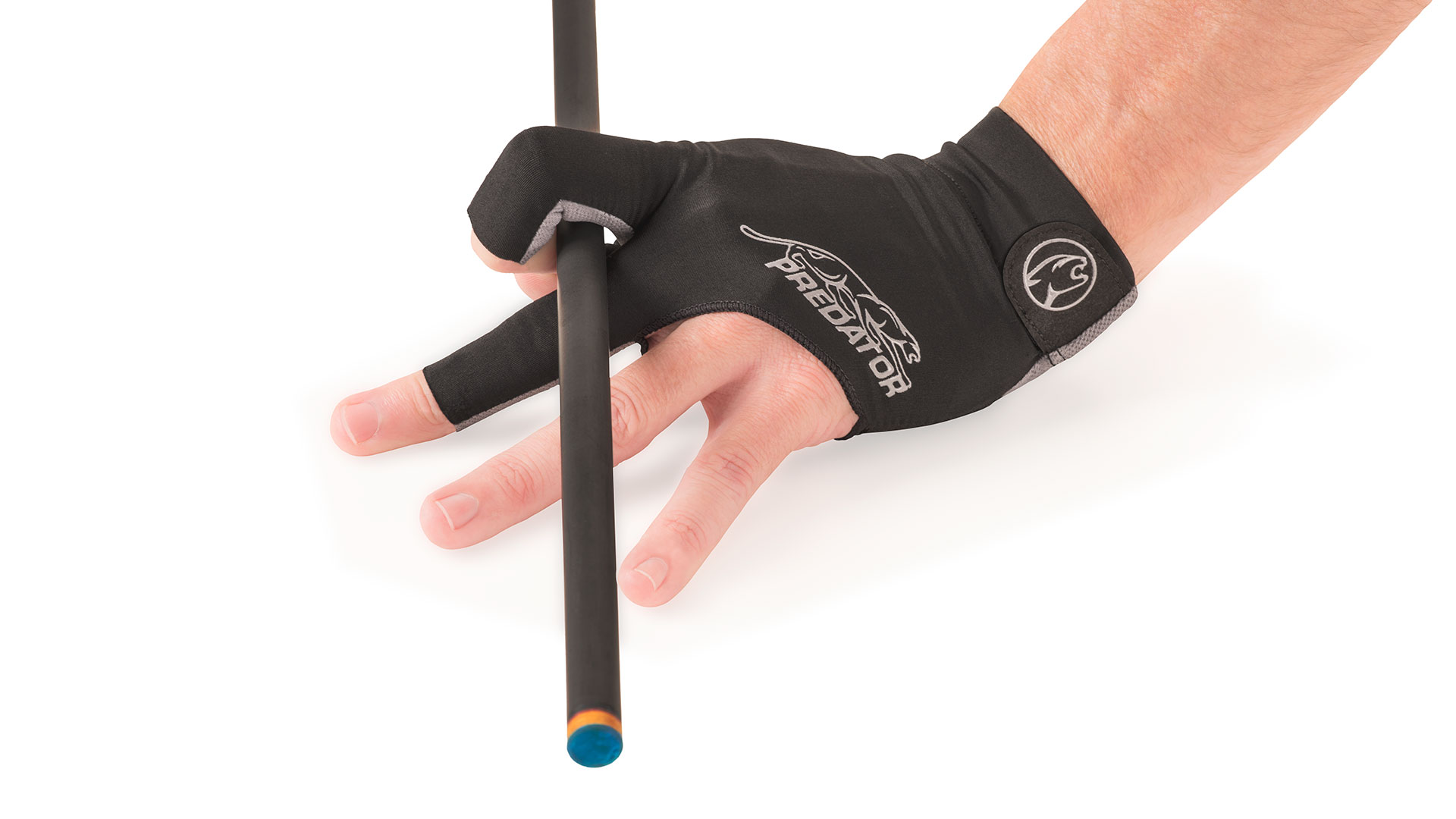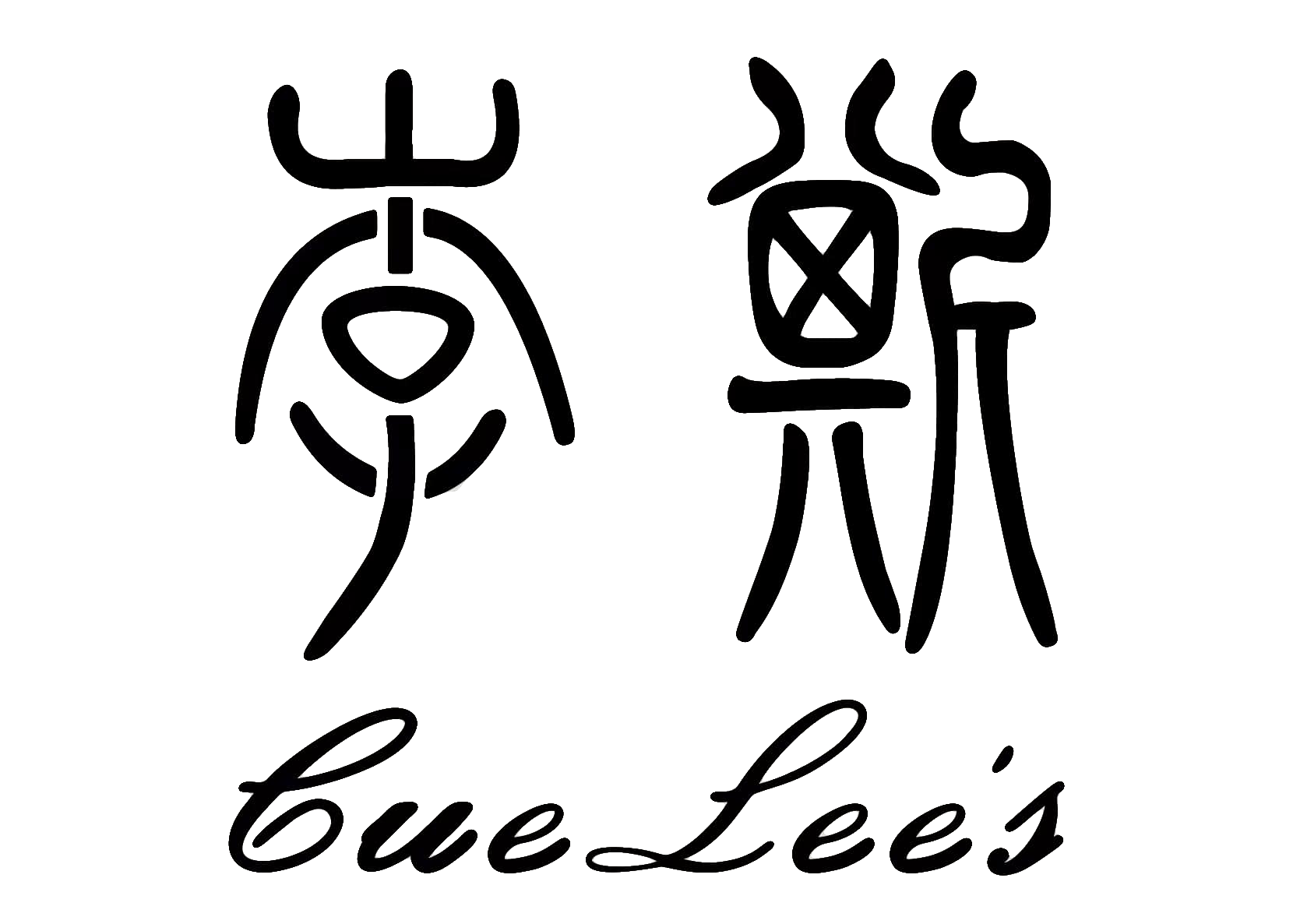Pool and snooker gloves differ primarily in their design, fit, and specific features optimised for each game’s unique requirements. Pool gloves typically feature a three-finger design with more extensive coverage to facilitate the varied shot types in pool, while snooker gloves often use a minimalist two-finger design focusing on precision and delicate control required for snooker’s refined gameplay. Both types share the fundamental purpose of reducing friction between your hand and the cue, but their specific characteristics are tailored to the distinct playing styles, table sizes, and technical demands of each billiard discipline.
Understanding billiard gloves
Billiard gloves are specialised accessories designed to enhance your playing experience in both pool and snooker. These essential billiard accessories serve a crucial purpose: they reduce friction between your hand and the cue shaft, allowing for smoother, more consistent strokes. Without a glove, natural moisture and oils from your skin can create drag on the cue, potentially affecting accuracy and power transfer.
The primary benefits of using billiard gloves include:
- Elimination of sweat interference during extended play
- Consistent cue slide regardless of playing conditions
- Reduced need for hand chalk or talc
- Prevention of cue damage from hand oils
Most billiard gloves are designed to be worn on the bridge hand—the non-dominant hand that supports the cue during shots. They’re typically made from breathable, lightweight materials that provide excellent tactile feedback while maintaining comfort during long playing sessions.
What are the main differences between pool and snooker gloves?
The main differences between pool and snooker gloves lie in their design, coverage, and specific performance characteristics tailored to each game’s unique demands.
Design differences are immediately noticeable when comparing these specialised gloves. Pool gloves typically feature a three-finger design (covering the thumb, index, and middle fingers) with a more robust construction to withstand the dynamic nature of pool play. Snooker gloves, in contrast, often employ a minimalist two-finger design (covering just the bridge hand’s thumb and index finger), allowing for the exceptionally delicate touch required in snooker.
Material composition also varies between the two types. Pool gloves generally use slightly thicker, more durable fabrics like microfibre or lycra blends that can endure frequent use in various playing environments. Snooker gloves prioritise ultra-thin, highly sensitive materials that preserve tactile feedback for the precise control needed on snooker’s larger, faster cloth surface.
Fit characteristics differ as well. Pool gloves often provide a slightly looser, more versatile fit to accommodate different playing styles and shot techniques. Snooker gloves typically offer a snugger, second-skin fit that enhances the player’s connection to the cue for executing the game’s demanding positional shots.
| Feature | Pool Gloves | Snooker Gloves |
|---|---|---|
| Finger Coverage | Typically three fingers (thumb, index, middle) | Usually two fingers (thumb and index) |
| Material | Slightly thicker, more durable fabrics | Ultra-thin, highly sensitive materials |
| Fit | Slightly looser for versatility | Snug, second-skin fit for precision |
| Priority | Versatility and durability | Sensitivity and refined control |
Why do professional players prefer different gloves for pool vs. snooker?
Professional players choose different gloves for pool and snooker primarily because the fundamental techniques and playing environments of these games demand specific performance characteristics.
In pool, professionals face diverse shot types including powerful breaks, spin shots, and jump shots that require a balance of control and power. The playing dynamics of pool involve more variation in cue speed and position, demanding a glove that facilitates both finesse and force. Pool tables also typically have wider pockets and more forgiving playing conditions, allowing players to focus on execution rather than ultra-fine positional play.
Snooker professionals, conversely, navigate a game of millimetre-perfect precision on significantly larger tables with tighter pockets. The delicate control required for snooker’s complex safety plays and position shots necessitates gloves that preserve maximum tactile sensitivity. Professional snooker players often describe needing to “feel” the cue almost as an extension of their arm, which explains their preference for minimalist glove designs.
The different cloth types used in professional pool and snooker also influence glove selection. Snooker tables feature finer, faster cloth that demands more subtle cue control, while pool tables typically use slightly more resistant cloth that works better with the enhanced grip of purpose-designed pool gloves.
How do you choose the right billiard glove for your game?
Selecting the right billiard glove depends on your specific playing style, preferred game type, and personal comfort preferences. Follow these guidelines to make an informed choice:
First, consider your primary game. If you mainly play pool, especially in competitive settings, opt for a three-finger glove design that offers versatility for different shot types. If snooker is your focus, a more minimalist two-finger glove will likely serve you better, providing the refined touch needed for precise positional play.
Hand dominance is another crucial factor. Right-handed players wear the glove on their left hand (the bridge hand), while left-handed players need a glove for their right hand. Some manufacturers produce specific right and left-handed models, while others offer ambidextrous designs.
For comfort considerations, assess the following:
- Material breathability (especially important for players who perspire heavily)
- Elasticity around the wrist and fingers
- Seam placement to avoid irritation during extended play
- Proper sizing – a glove should fit snugly but not restrict movement
Playing frequency also matters. Casual players might prefer a more versatile, durable glove suitable for different games, while dedicated enthusiasts would benefit from game-specific designs that enhance their particular playing style. If you play in various environments (home, club, tournaments), consider how different lighting and temperature conditions might affect your hand moisture and glove performance.
Making the right choice for your billiard glove
When selecting between pool and snooker gloves, remember that the fundamental difference lies in their specialised design for each game’s unique requirements. Pool gloves offer more coverage and durability for versatile play, while snooker gloves prioritise enhanced sensitivity for precision control.
The perfect glove for you ultimately depends on your primary game, playing style, and personal preferences. Many serious players eventually own multiple gloves for different playing conditions and game types. For beginners, a high-quality all-purpose billiard glove is an excellent starting point that allows you to experience the benefits of improved cue control.
Regular maintenance of your billiard glove is essential for optimal performance and longevity. Most quality gloves can be hand-washed with mild soap and air-dried, though always check the manufacturer’s specific care instructions.
Ready to elevate your game with the right billiard glove? Explore Biljardi247’s comprehensive selection of quality billiard gloves for both pool and snooker players. With options catering to players of all levels, you’ll find the perfect match for your specific needs and playing style, helping you achieve greater consistency and precision in your billiard games.










